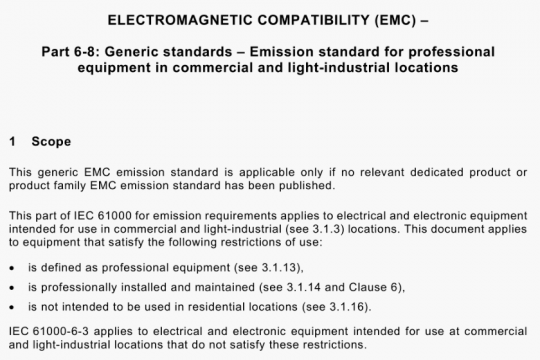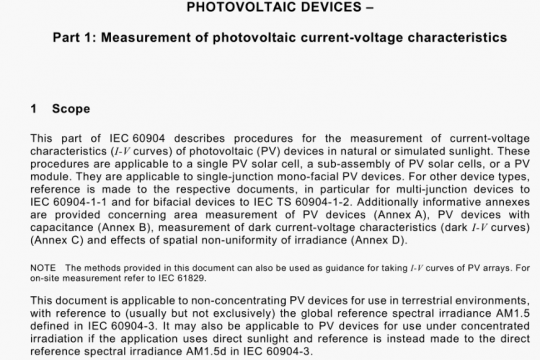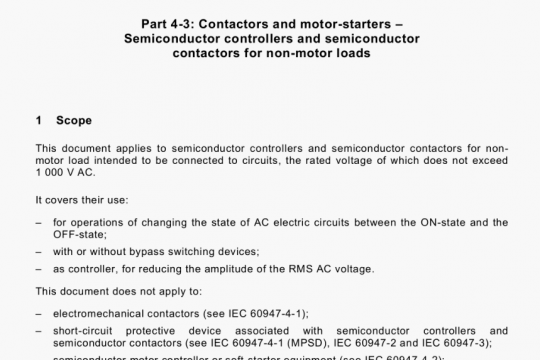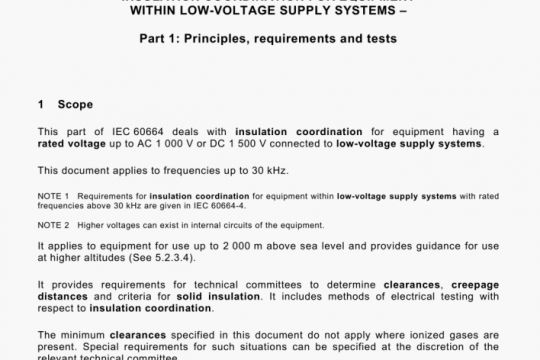IEC TR 63335-2021 pdf free
IEC TR 63335-2021 pdf free.Nuclear power plants – Instrumentation and control systems, control rooms and electrical power systems – Specific features of small modular reactors and needs regarding standards.
The 2018 edition of IAEA report: Advances in Small Modular Reactor Technology Developments identifies more than 50 ongoing SMR design projects worldwide. The target of this document is those design projects that aim at power or industrial production, though many of the features listed and many of the suggestions proposed are applicable, or could be applied, to those with different aims (e.g.. research). Also, as there is a wide variety of SMR designs, this document aims to be generic by focussing on commonly found SMR features.
Two key objectives of production SMRs are:
• To be at least as safe and secure as large nuclear reactors.
• To be economically competitive with respect to large nuclear reactors, and also to other, non-nuclear sources of energy.
Concerning economic competitiveness, SMRs cannot rely on the scale effect like large nuclear reactors, and need to take advantage of different features such as:
• Modular design (whereby a significant part of a plant construction consists in the transportation and assembly on site of fully operational modules built and pre-tested in dedicated factories) in order to lower construction costs and shorten construction durations.
• Series effect (whereby multiple units are based on a standardised design, possibly with minor adjustments to take account of site-specific constraints, and of country-specific requirements in case of worldwide deployment) to lower component costs and build-up construction experience.
• Simplified design, whereby advantage is taken of smaller size and lower power levels for simpler, more integrated and more passive designs. Simplified designs also tend to have positive effects on the safety and security of NPPs.
5.2 Passive design features and systems
Many SMR designs include so-called passive design features and passive systems where the performance of particular functions (in particular, safety functions) requires little or no external power and human control. For example, a passive residual heat removal system does not require the activity of powered pumps, but relies solely on natural convection, possibly after the opening of a few valves. Such features are not specific to SMRs, but their small size and low power levels facilitate their introduction.
As such features place less demand on non-passive support systems, they significantly contribute to design simplification and to cost reduction and hopefully reliability. However, the extensive use of such design features/systems Is relatively new in nuclear power plants: there is limited experience in operation, and thus few lessons learned regarding design, construction, maintenance in operating condition, surveillance and periodic testing. Regulatory experience and international consensus on licensing approaches are also limited.
Also, the categorisation of functions important to safety could benefit from the incorporation of passive safety features.IEC TR 63335 pdf free download.




